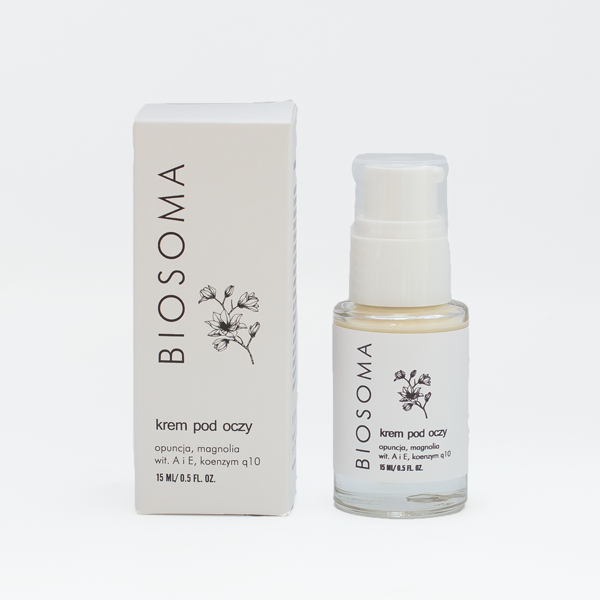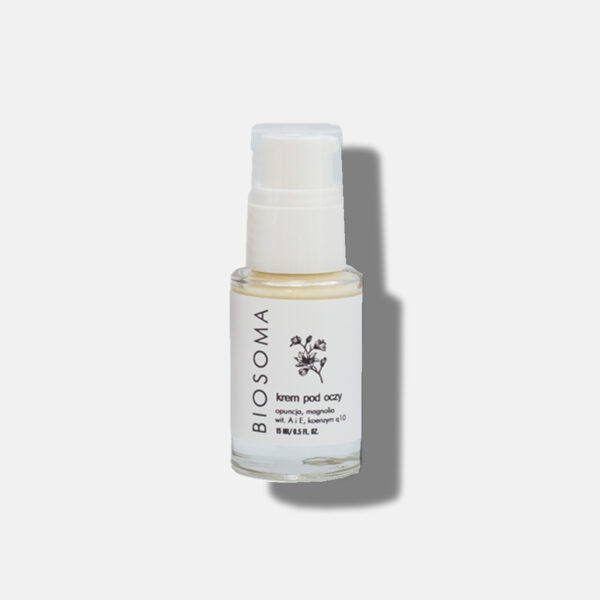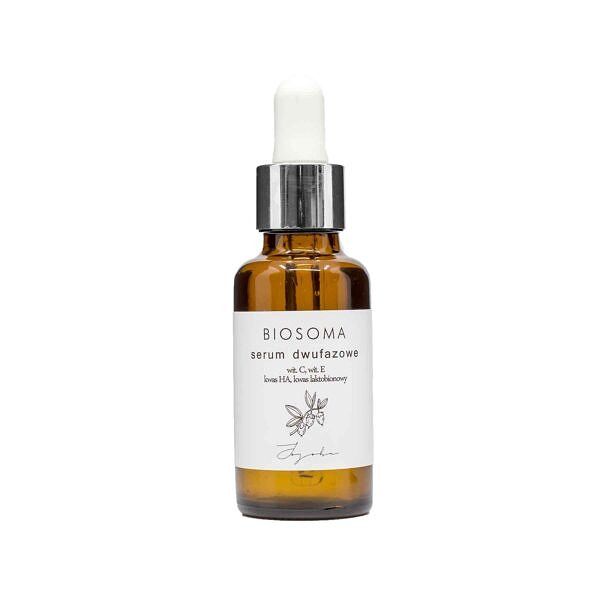Year after year, we get excited when the magnolias begin to bloom. Delicate and pink petals should not only associate us with spring, but also with their beneficial effects on the skin.
Where does the magnolia come from?
Magnolia, which I use in natural cosmetics, comes from the bark or flower buds of Magnolia Officinalis. This small tree is native to Asia, where it was used as a medicinal plant used in traditional Chinese medicine for thousands of years, and is still prized today for its skin-soothing properties. Said to relieve itching, help fight acne and swelling. What’s more, the Chinese also use magnolia in cooking!

Magic anti-inflammatory ingredient
As we age, our immune system slowly becomes less effective, and the resulting inflammation, which is a natural phenomenon, increases. Inflammation is an important process our body goes through when it needs to fight an infection or repair damaged tissue. However, this situation contributes to the aging process.
What are the benefits of magnolia extact?
Inflammation has negative effects because it is associated with the constant production of free radicals in the skin. They are known to play an important role in the formation of wrinkles, smaller fine lines, sagging skin, blotchiness and redness of the skin.
This is where magnolia bark extract comes to our aid! Known as an herbal remedy for stagnant qi (energy), for digestive disorders, anxiety and allergic diseases, it can also help prevent loss of skin elasticity and reduce redness.
Effect of magnolia extract on the skin
Depending on whether the extract comes from the bark or the flower buds, it can have anti-inflammatory, soothing or antioxidant effects on the skin. Redness is minimized and skin aging caused by chronic microinflammation of mature skin types is slowed down. The rest is taken care of by the antioxidant content. That’s why magnolia extracts are a great ingredient in anti-aging product formulas.
Magnolia extracts soothe skin irritation, reduce discoloration and age spots, giving the complexion a fresh and uniform color. That’s why I used it as one of the key ingredients in my luxurious night eye cream!

Through the eyes of a biotechnologist
Most of Magnolia’s beneficial effects come from certain allilophenols, such as magnolol and honokiol. Magnolia is credited with several pharmacological properties: antioxidant, anti-inflammatory and neuroprotective effects, as well as the ability to inhibit platelet aggregation. Among the promising new activities are anti-angiogenesis effects and certain tumor mechanisms.
Magnolia’s bioactive components (primarily honokiol) are of great interest: the scientific community is studying the beneficial effects on anxiety, depression and stress treatment. Among the documented scientific properties, special attention is paid to antioxidant, anti-inflammatory and hepatoprotective properties.

Thanks to Magnolia’s antibacterial properties, bark extract increasingly has useful cosmetic applications both as a new organic or natural preservative and as an active ingredient with antiseptic and dermohygienic properties useful in preventing skin infections. Magnolia officinalis could be an alternative preservative in skin care cosmetics and a functional ingredient that is twice as valuable and useful.
I invite you to check out my other posts!






